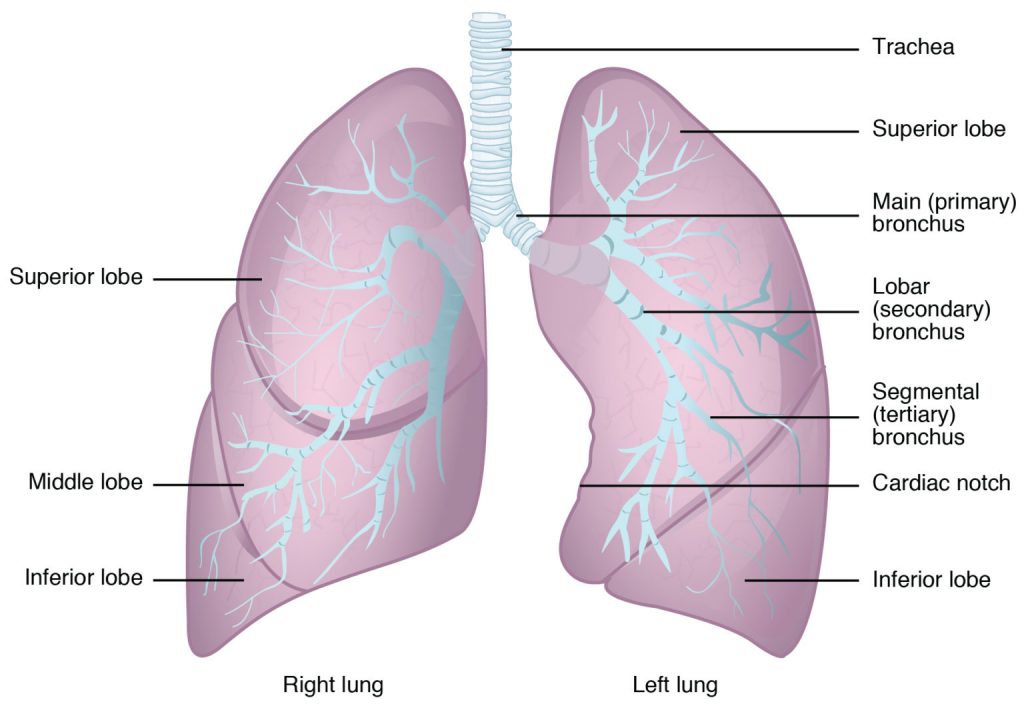-
+1 700 888 1234
-
Effingerstrasse 40 3008 Bern Switzerland
Lung cancer is a disease of the lung cells. As in other kinds of cancer, lung cancer cells grow and divide abnormally.
Each type of cancer is named according to the type of cell from which it originates. The origin of lung cancer is in the cells of the lung. And other cancers that spread to the lung are not lung cancer, for example, a liver cancer that has spread to the lung is still a liver cancer.
The lungs are the main organs of the respiratory system. Their function is to exchange the gases that enter and leave the body. Cells need oxygen to live, and this gas enters the lungs, whence it passes into the blood which carries oxygen to all cells of the body. And lungs also remove carbon dioxide (a gas produce by cells) from the blood. That is to say, through breathing, we inhale oxygen and expel carbon dioxide.
When we inhale, the air passes through the throat to the windpipe or trachea. Then, air enters the lungs through the bronchi, that branch into the lungs in smaller airways called bronchioli. At the end of each bronchiole there are bunches of alveoli wrapped in blood vessels. The exchange of gases in and out of the blood occurs here, in the alveoli.
The right lung has three lobes and the left lung two lobes. Lobes are delimited parts within the lung, and each one receives the air from a bronchus.
Lungs are covered by a tissue called pleura. It has two layers: the outer layer is called parietal pleura and the inner layer is called visceral pleura. The space between them is called the pleural cavity, which is filled with a small amount of liquid called pleural fluid. Sometimes, in lung cancer, some of the cancer cells can be in the pleural fluid.
Throughout our body, including the lungs, there is a clear fluid called lymph which gives cells food and water, and also contains immune cells to fight germs. Lymph is distributed by vessels, and it passes through small structures called lymph nodes. There are lymph nodes in the lung along the bronchi, and they are connected with others placed near the trachea and on the neck.


Figure 1. Anatomy of the lung
